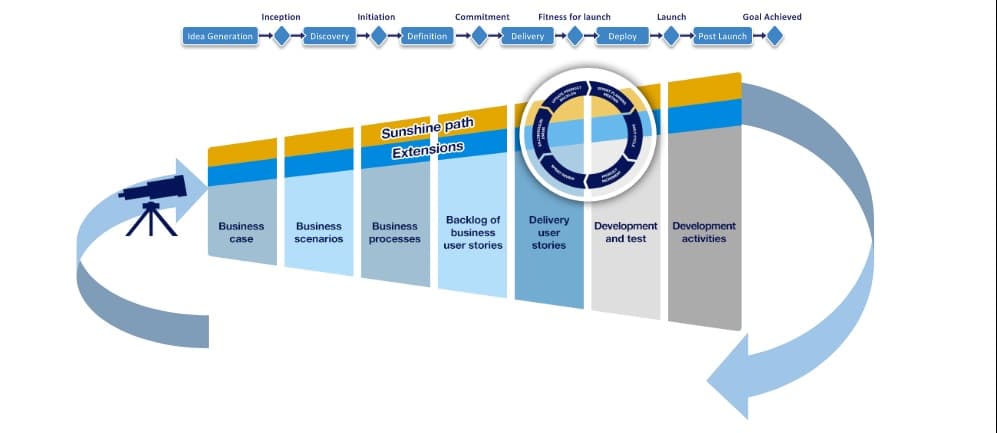The Pareto principle, coined by the management consultant, Joseph M.
Applying The Sunshine Path to Remote Working
Applying The Sunshine Path to Remote Working
The Pareto principle, coined by the management consultant, Joseph M.

Meet the author
The Pareto principle, coined by the management consultant, Joseph M.The Pareto principle, coined by the management consultant, Joseph M. Juran, states that the majority of your output comes from the minority of your input. Joseph M. Juran attributed this to the eponymous Italian economist, Vilfredo Pareto, who in 1906 observed that 80% of the land was owned by 20% of the population. It has since become a common rule of thumb in business and although the 80/20 ratio may vary, the rule holds. With remote working now becoming the new normal, businesses are faced with having to quickly adapt to new ways of working. Adopting the ‘sunshine path’ can be a good way to help businesses adjust to the new ways of working more efficiently.
The Clarasys Agile Method puts the Pareto principle to work by moving attention away from those minor exceptions that make up the 20% and focusing on the majority of the 80%. Focus on the minority can so often eat up a disproportionate amount of time and efficiency within an organisation, whereas effort put into getting the most common processes an organisation undertakes right is much more rewarded. The ‘sunshine path’ is business as usual – when a process works exactly as expected, when everything goes right. Remote working would have had an impact on businesses day to day operations, however The ‘sunshine path’ with CAM can help to easily and quickly identify and deal with the changes in the BAU processes to help businesses adapt more efficiently.
Determining an organisation’s ‘sunshine path’ happens at the very beginning of the project, during the very first sprint, to ensure that teams can work iteratively to deliver the most value at the earliest possible opportunity. Finding the path is a matter of understanding the way a business works by running stakeholder engagement workshops. With remote working, it is vital to ensure the right technology is in place to get the most out of the stakeholders; video conferencing and project management collaboration tools should be used to encourage this. Encouraging businesses to reflect upon their processes in order to define an appropriate critical pathway can be challenging but is key to the overall success of the project. Understandably, organisations tend to be focused upon catering to the exceptions that cause them the most “fear”. For the success of the project, however, exceptions should remain exceptional. Focus should remain on the outcomes of the project rather than the changes perceived as a result of remote working or other uncertainties.
The sunshine path does not mean exceptions are not dealt with. It allows exceptions to be identified and prioritised – enabling feedback on the most common exceptions first. With remote working, it is vital to ensure stakeholders are frequently presented with the backlog of exceptions with the opportunity to decide on priorities. This could save time, as there’s less work to be done if minor exceptions happen to be solved along the way by happy accident. The ‘sunshine path’ thinking is not unbridled optimism, then, but an approach that works to ensure that solutions work optimally most of the time – and when and if the process strays off track, they can easily flex in order to meet and manage the exception.
(Click on the illustration of The Sunshine Path for more detail)


